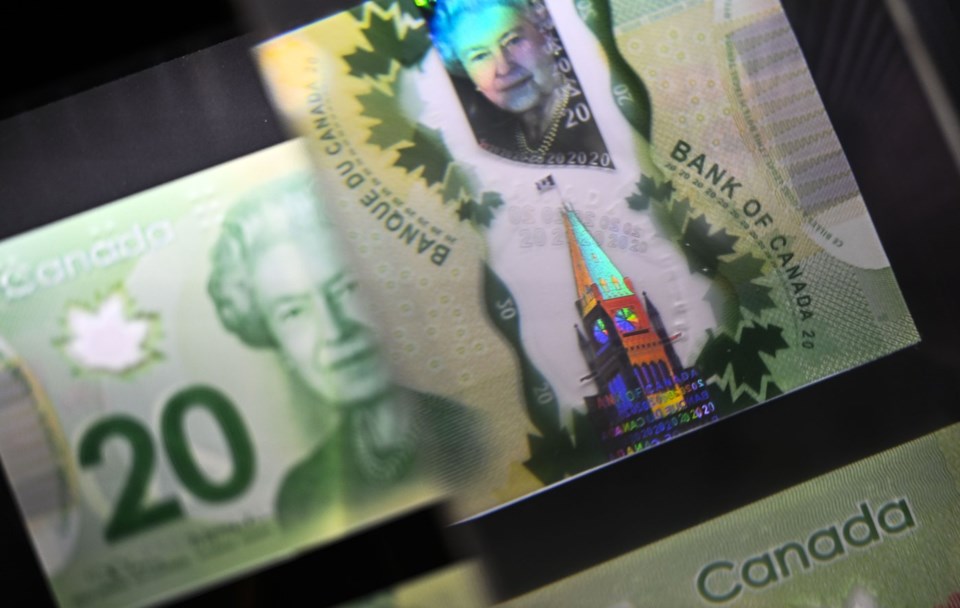The Canadian dollar will remain weak through at least the end of this year, some experts say, though a rebound could come in 2025.
After falling to a four-year low last week, the loonie was up slightly Monday at 71.18 cents US. But it still remains lower than it has been since the early days of the COVID-19 pandemic, and is nearly four per cent below where it was trading in September.
Katherine Judge, director and senior economist with CIBC Capital Markets, said she expects the Canadian dollar to hover around current levels for the remainder of the year.
"We haven't seen these levels in a long time. I think we have certainly breached a level that is worrisome," Judge said.
"There's a lot of factors at play and a lot of uncertainty over the next few months."
The loonie's slide comes as the U.S. greenback is soaring on the re-election of former president Donald Trump, gaining ground not just against the Canadian dollar but against a pack of foreign currencies.
Trump has promised to introduce sweeping tariffs on all U.S. imports, and about 75 per cent of Canada's total exports go to the U.S.
There is room for the Canadian dollar to slide even further if it becomes apparent that tariffs will be implemented, Judge said.
"But if it looks like we could negotiate our way out of those tariffs, it'll be a near-term weakness with some recovery next year — which is really our base case," she said.
The weak loonie is also a reflection of the interest-rate divergence between Canada and the U.S.
Canada's economy in recent months has not shown the same strength as south of the border, and as a result the Bank of Canada has moved to cut interest rates faster than its U.S. counterpart in an effort to avoid a recession.
The interest rate gap between the two countries could grow even more, depending on what president-elect Trump does once in office.
"The general worry is if the Canadian economy gets hit with tariffs and our exports are very weak, the Bank of Canada will have to cut rates even further to support the domestic economy," Judge said.
"But right now, we don't know what tariffs could look like. There are integrated supply chains between the U.S. and Canada, so it's not even in all of U.S. businesses' interest to have tariffs on Canadian goods."
A lower loonie can be a boon for Canadian companies that export to the U.S., but it can hurt those who import goods and also makes travel more expensive for Canadians.
And while there are always winners and losers on either side of currency fluctuations, Judge said the loonie is so low right now that the balance has tipped too far in one direction.
"You want the Canadian dollar low enough that it's an attractive place for firms to invest and hire at a competitive wage, but you don't want it so low that you start importing inflation," she said.
This report by The Canadian Press was first published Nov. 18, 2024.
Amanda Stephenson, The Canadian Press




